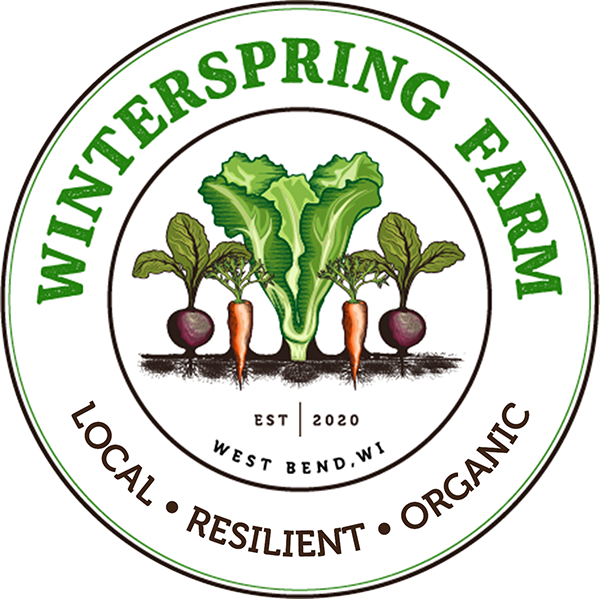Scallions
Culinary Use, Storage, & Benefits
Vegetable Profile: Scallion (Allium fistulosum)
Description
Scallions (also called green onions, bunching onions) are a delicious pungent topping to almost anything you make! Their blanched white base and slender, hollow green leaves and tender texture are as attractive as they are appetizing! Like other onion family plants (including garlic, chives, scallions, leeks, and onions), their garden companions are Brassicas (cabbage, broccoli, kale, collards, radishes, turnips, brussel sprouts), and lettuce. Their signature aroma is thought to deter pests like Colorado potato beetles, Japanese beetles, aphids, carrot rust flies, and some wildlife like rabbits.
Nutrition
A warming tonic for the digestive system and supports healthy blood circulation, the heart, large intestine, and lungs. Light antifungal and antimicrobial action. Contains precursors to vitamin A, B complex, and C when eaten raw. Also contains some calcium, magnesium, and potassium.
Storage
Scallions are tender and cold tolerant, so they keep best in the fridge in a produce bag. Use within 3-4 days.
Use
The way we prefer to prepare scallions:
Remove the rubber band. Rinse any excess dirt off the base under cool water.
Select 1 stalk per serving of whatever dish you are preparing.
Line up the stalks on the cutting board, and chop into fine disks maybe 1/8" thick using both the white and green parts.
When your dish is ready to go, sprinkle the scallion over the top. Toss to incorporate if you're making a salad dish. It's just that easy to use scallions!
Sources:
The New Whole Foods Encyclopedia by Rebecca Wood
Asparagus to Zucchini by Fairshare Coalition
Produce: A fruit and vegetable lover's guide by Bruce Beck
Great Garden Companions by Sally Jean Cunningham
Our own experience!


